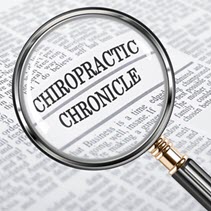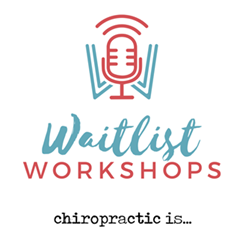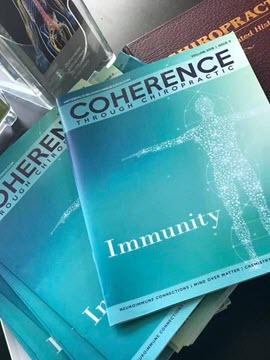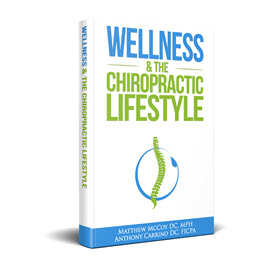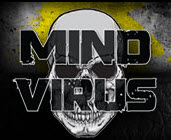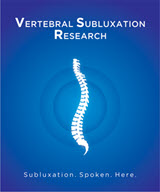Texas Board Chair Mark Bronson's Magical Thinking
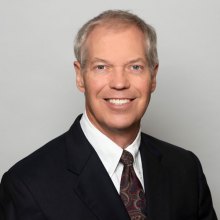
In the legal dispute between the Texas Association of Acupuncture and Oriental Medicine and the Texas Board of Chiropractic Examiners, a fascinating claim emerged from the testimony of TBCE Chair Mark Bronson DC and Mark Hanson DC. Both professionals argued that acupuncture needles are so thin they purportedly slide between the cells of the skin rather than cutting through it.
CLICK HERE to read the proceedings
From the testimony:
"Both Dr. Bronson and Dr. Hanson testified that acupuncture needles are so thin that they slide between the cells of the skin, rather than cutting the skin. Dr. Hanson based his opinion on his experience as both a licensed chiropractor and a licensed acupuncturist, as well as his treatment of patients with acupuncture. Dr. Bronson also based his opinion on his clinical experience administering acupuncture treatments to patients for more than three decades."
As noted in the Closing Arguments Bronson and Hanson's false claims were unlike:
". . . Mr. Doggett, who testified that he had bloody cotton balls all over the floor at the end of his day at his acupuncture clinic . . . "
Then Bronson testified that bleeding "rarely occurred" in the proper administration of an acupuncture treatment.
How would they bleed if no tissue was cut?
Bronson's fanciful claims of needles magically sliding, curving and morphing their shape to avoid cutting into cells is an embarrassment to the chiropractic profession.
But it's not the first time Bronson has publicly announced his ignorance.
According to records obtained from a Freedom of Information Act request the Texas Board President, Mark Bronson, D.C., has expressed his disdain for chiropractors who practice in a subluxation only model stating:
"Regarding subluxation, I never understood what it meant to 'correct' it, so I don't propose to".
Those same records also reveal his disdain for the use of x-rays in managing outcomes related to care for vertebral subluxation stating:
"From a regulation standpoint, we have to consider benefit versus risk, and times are changing such that repeating x-rays to see correction is not considered appropriate."
This is of course the position of the American Chiropractic Association as well. Bronson is a member.
This assertion about needles, rich in its appeal to the miraculous and borderline magical thinking, deserves a closer, critical examination not only for its scientific inaccuracy but also for its potential to mislead the discourse on acupuncture's place in modern healthcare.
The Nature of Matter and Misunderstood Mechanisms
The claim by Drs. Bronson and Hanson treads on a precarious interpretation of the physical interaction between acupuncture needles and human skin. Scientific understanding of both skin anatomy and the mechanics of needle insertion contradicts the notion that any object, regardless of thinness, can navigate the microscopic spaces between skin cells without altering or disrupting them in some form. Skin cells, particularly those in the epidermis, are tightly packed together, forming a barrier that is designed to protect the body from external threats, including mechanical penetration.
The suggestion that acupuncture needles possess an almost ethereal ability to pass between cells without causing disruption is not only a gross oversimplification but also ventures into the realm of magical thinking. Such statements, especially when presented in a legal context, risk obscuring the factual basis of acupuncture's efficacy with unproven and scientifically dubious claims and serves as an embarrassment to the profession.
Acupuncture's Efficacy and Misrepresentation
The effectiveness of acupuncture, widely recognized for its benefits in pain relief and other conditions, is grounded in its ability to stimulate nerve endings, influence the body's pain pathways, and enhance physiological functions. This is achieved not through mystical means but through the careful and deliberate insertion of needles into specific points on the body. The therapeutic impact of acupuncture is linked to the slight disruptions it causes, prompting a healing response that can involve the release of endorphins and other beneficial biochemicals.
By promoting a make believe portrayal of how acupuncture needles interact with the skin, Bronson's testimony detracts from the genuine scientific inquiry and understanding of acupuncture. It shifts the focus from verifiable evidence and mechanisms to fantastical claims that serve neither the practitioners nor the patients seeking relief.
But when it comes to expanding the scope of practice chiropractors like Bronson appear willing to say just about anything no matter how crazy it is in order to get what they want.
The same is true when it comes to restricting the scope of practice of those focused on managing vertebral subluxation. Bronson admits he has no idea how to correct them so he works to limit others' rights and duty to correct them and limit the ability to use objective measures in that process.
The Legal and Scientific Discourse
The Texas legal case revolving around the classification and practice rights concerning acupuncture and dry needling is a critical juncture for defining the scope of practice for health care professionals. However, allowing unverified and scientifically inaccurate claims to influence this discourse undermines the legal process and the integrity of chiropractic.
It's imperative that claims made by professionals withstand rigorous scientific scrutiny. The testimonies of Dr. Bronson and Dr. Hanson, while shedding light on their personal experiences and beliefs, highlight the need for a more grounded and evidence-based approach in discussions that shape the future of chiropractic.
In conclusion, while acupuncture remains a valuable component of holistic medicine, its understanding and application must be rooted in scientific reality. Magical thinking about the nature of matter does little to advance the practice or its acceptance in the broader community. Instead, it is through critical examination and adherence to scientific principles that acupuncture and chiropractic can continue to find their rightful place, supported by evidence and integrated respectfully within modern healthcare.

Blogs
- The Chiropractic Cartel: A Look Back at Bias in Accreditation and its Imact on Today's Profession
- Inside Montana's Chiropractic Monopoly: ACA & MCA's Brazen Board Takeover
- Concerns Grow About Control of the NY State Chiropractic Board by the ACA - Use of X-ray in NY Under Threat
- Reproductive Health Information and Chiropractic Care: Navigating New Privacy Regulations
- Navigating Substance Use Disorder (SUD) Consent: What Chiropractors Need to Know

